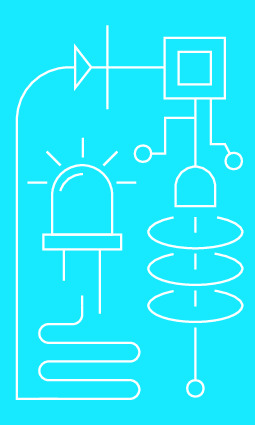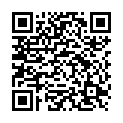|
|
|
| Module code: E1935 |
|
|
2U (2 hours per week) |
|
3 |
| Semester: according to optional course list |
| Mandatory course: no |
Language of instruction:
German |
Assessment:
Project work
[updated 30.06.2025]
|
E1935 (P211-0247) Electrical Engineering and Information Technology, Master, ASPO 01.04.2019
, optional course, technical, course inactive since 15.04.2019
E1935 (P211-0247) Electrical Engineering, Master, ASPO 01.10.2013
, optional course, technical
|
30 class hours (= 22.5 clock hours) over a 15-week period.
The total student study time is 90 hours (equivalent to 3 ECTS credits).
There are therefore 67.5 hours available for class preparation and follow-up work and exam preparation.
|
Recommended prerequisites (modules):
None.
|
Recommended as prerequisite for:
|
Module coordinator:
Prof. Dr. Michael Möller |
Lecturer:
Prof. Dr. Michael Möller
[updated 11.10.2015]
|
Learning outcomes:
After successfully completing this module, students will be familiar with the LabVIEW measurement software development environment from National Instruments (NI). They will have gained experience through hands-on measurement examples. They will be able to implement a simple measurement task in a functionally reliable, user-friendly, and visually appealing LabVIEW program (“virtual instrument,” “VI”)
[updated 30.06.2025]
|
Module content:
Basic “philosophy” of the LabVIEW development environment
Example: voltmeter
- Hardware connection (NI-ELVIS) with DAQmx subroutines
- Display as a number, virtual measuring instrument, and graph
Example: Function generator
- Loop structures
- Case distinctions
- Subroutines (SubVIs)
- Pulsed and buffered signal output
- User-friendly “front panel” design
Example: Oscilloscope
- Pulsed and buffered signal measurement
- Changing the measurement parameters during runtime
- Event control
- Data storage as a text file
[updated 30.06.2025]
|
Teaching methods/Media:
Active exercises on National Instruments ELVIS teaching systems.
[updated 30.06.2025]
|
Recommended or required reading:
[updated 30.06.2025]
|


